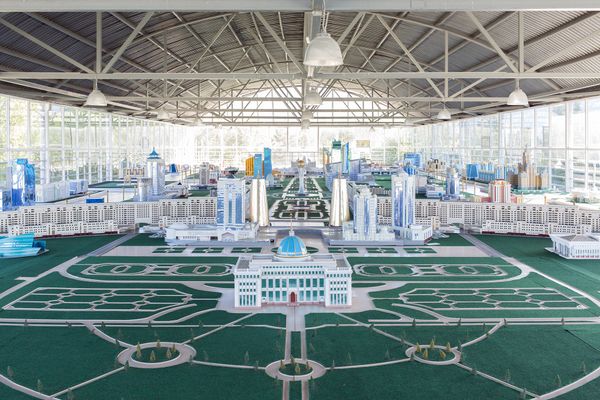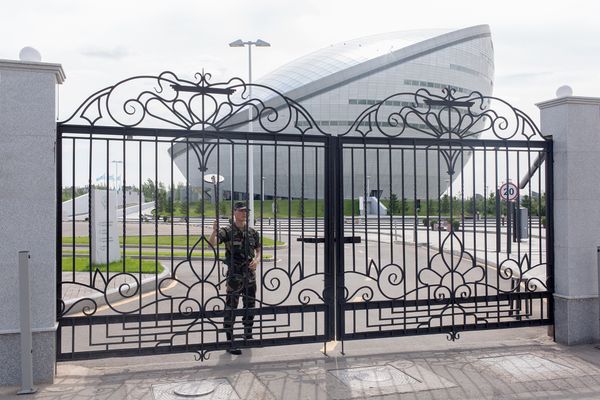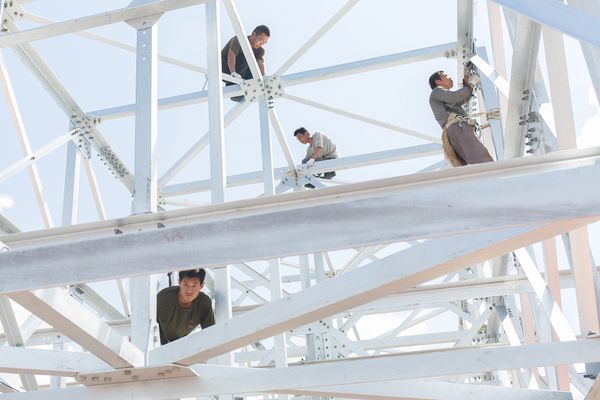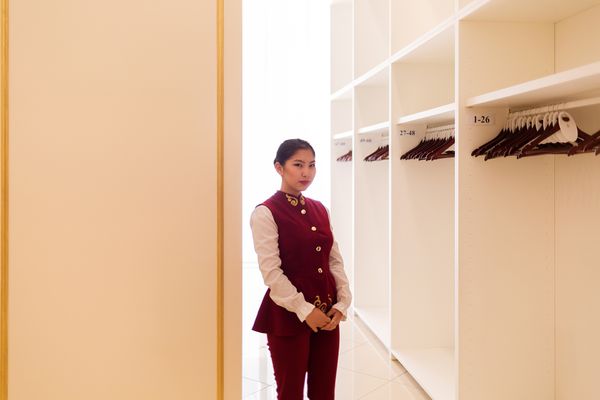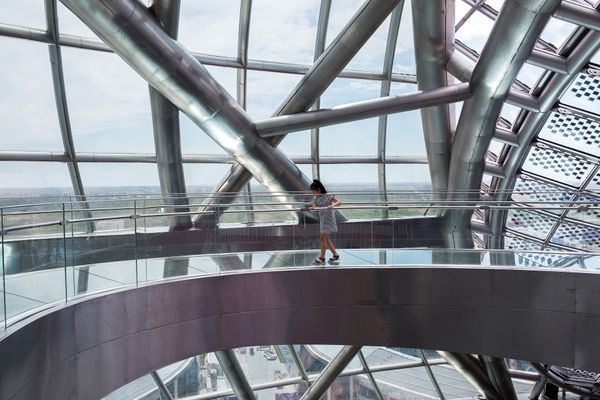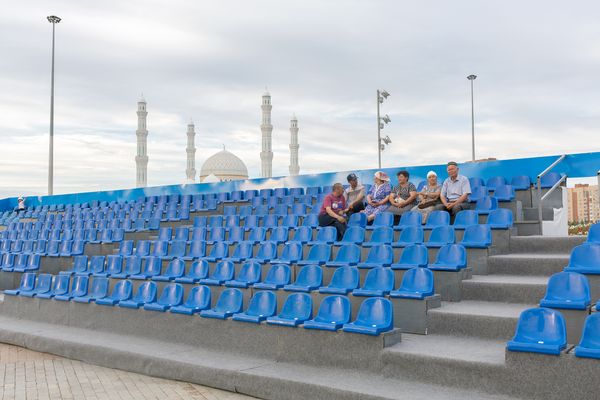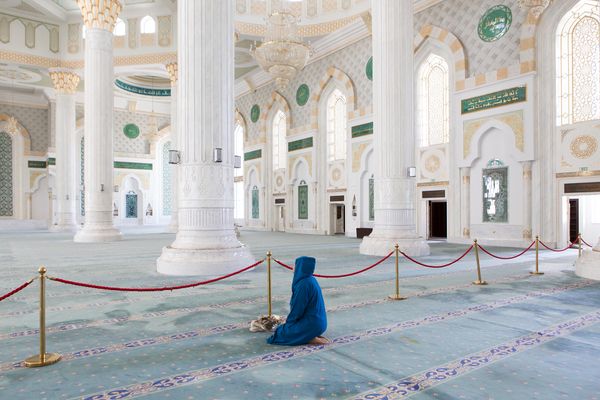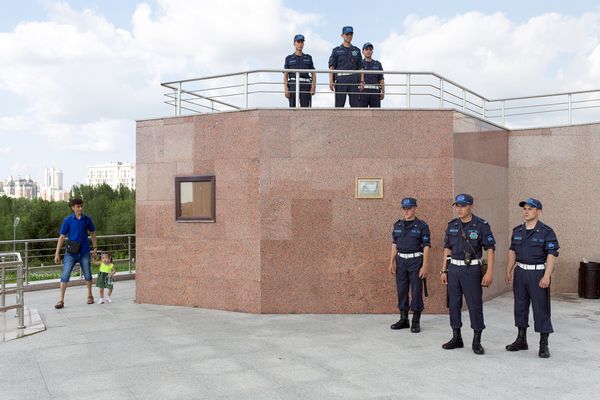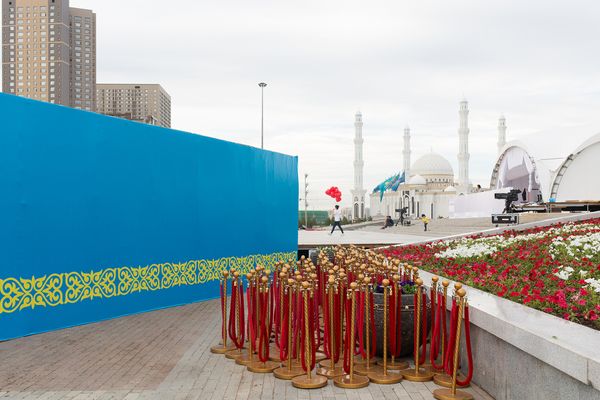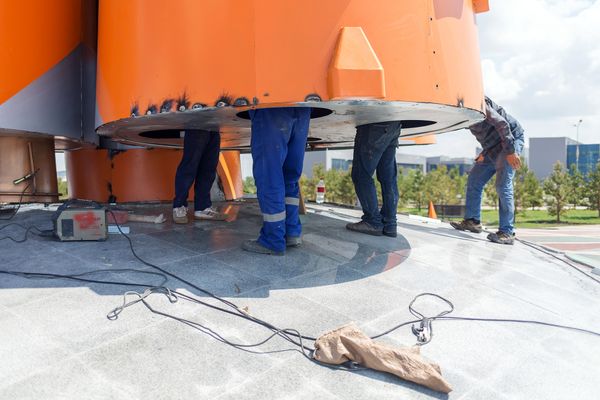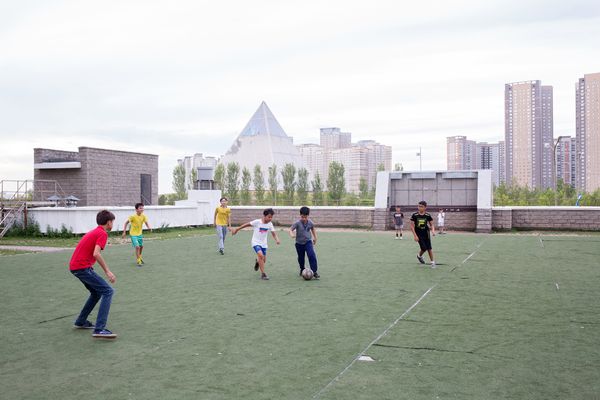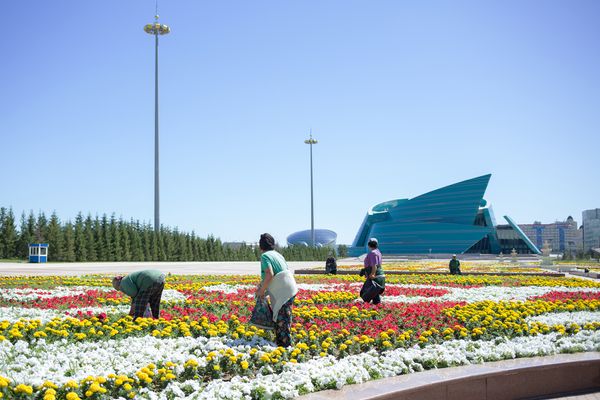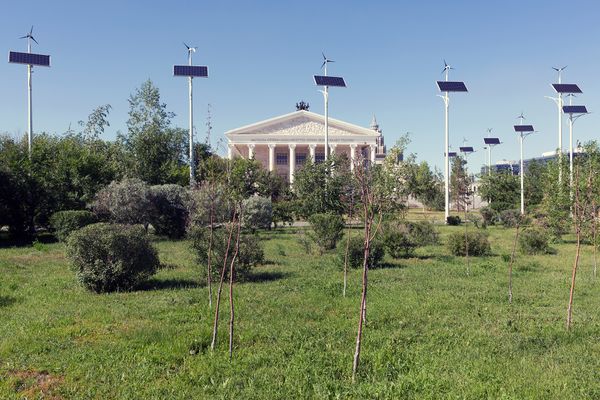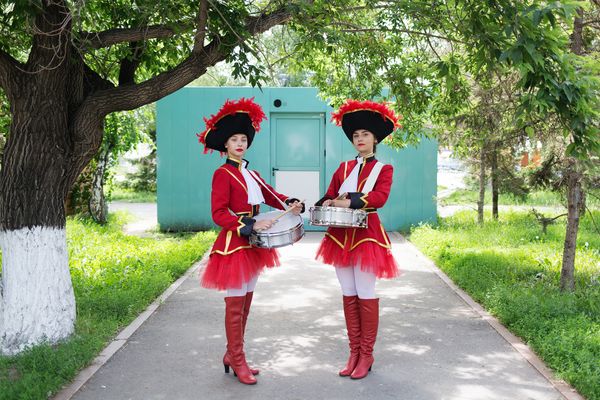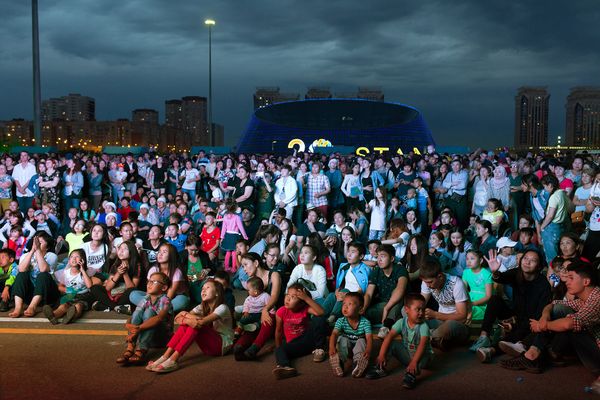2030 Birth of a Metropolis
-
Dates2018 - 2018
-
Author
On July 6th 2018 (Capital Day) Kazakhstan has celebrated the 20th anniversary of the capital city, Astana.
Almaty had enjoyed previously that role, but in 1997 President Nazarbayev decided to appoint a new capital city, set in a more central position far away from highly seismic zones and, most of all, designed to transform a small regional town (Akmola, renamed Astana in 1998) in one of the most modern metropolis in the world.
To reach its goal, Kazakhstan has exploited its massive reserves of natural sources (petrol on its own accounts for 20% of its GDP, 50% of financial income and 60% of export). The project shall be completed in 2030 and it implies that the capital will cover a total area of 710 km2.
Behind Astana’s dream there is Nursultan Nazarbayev, who has lead the country for 28 years and has been confirmed as President at the last election in 2015 with the 97, 75% of the votes.
In “The Dubai of the steppe” — as it is called — there is no more trace of the old Soviet atmospheres: Astana today represents a forward-looking city, a desire of future and prosperity, an utopia made of glass and reflections which shows off the entire country ambition to be internationally recognized as the political and strategic Eurasian centre, along the new Silk Road.
However, the explosive and artificial growth of architecture and cost of living in the city has not been accompanied by a similarly rapid increase in the population, which is today of 800.000 people: in the forecast it should have already reached one million in 2012.
